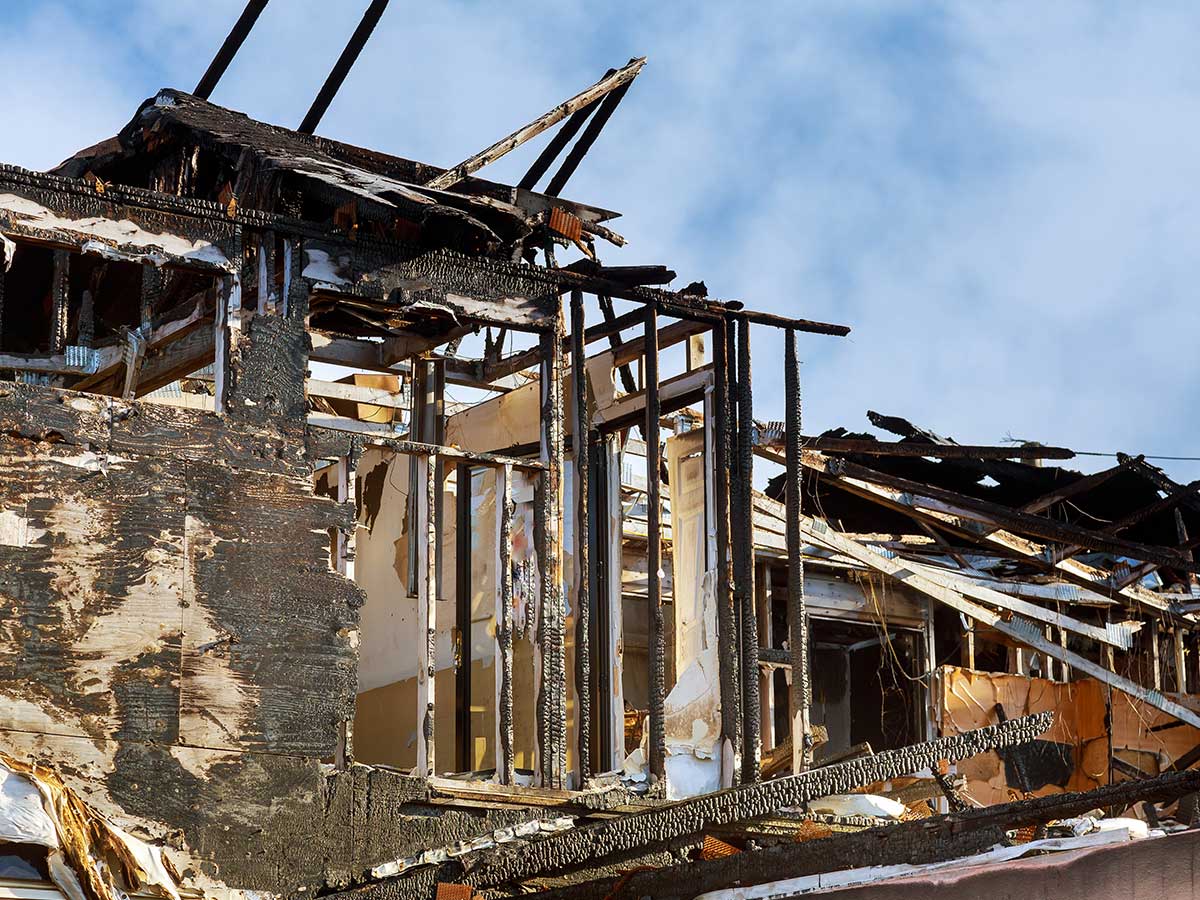
Fire damage may leave a house or company not only burned but also loaded with dangerous items. Flames produce soot, smoke, and ash that need cautious treatment when they destroy a structure. Restoration companies in TX or elsewhere focus on managing this aftermath so that properties once more become safe and clean. Now, let us investigate how these professionals handle dangerous items left over after fire damage.
About Hazardous Materials After a Fire
Fires cause more than simply obvious damage. Often lingering and affecting air quality and health include smoke, soot, and poisonous residue. In these situations, smoke damage restoration services are quite vital. Toxic compounds can result from the mixing of smoke particles and chemicals emitted during the fire with materials, including plastics, insulation, and even metal. Among other health hazards, these chemicals can aggravate skin irritation and create breathing issues.
Furthermore there, after a fire, harmful elements such as lead, asbestos, and chemical leftovers might be present. Appropriate disposal of these products helps to avoid environmental pollution and health hazards. For this reason, fire damage restoration in Dallas or any other location calls for more than simply cleaning; it calls for qualified professionals who know the hazards and can properly oversee the restoration.
How Fire Restoration Companies Help
Initial Evaluation and Safety Measures
Restoring teams do extensive assessments before any cleaning begins. They check the location, looking for and classifying any dangerous elements. Testing for toxins, monitoring air quality, and looking for hidden sources of pollutants are part of this stage. For instance, smoke may enter HVAC systems, walls, or ceilings. Hence, it is crucial to find all possible contaminant sources.
Next is safety precautions. To avoid coming into touch with dangerous particles, restoration workers may don suits, gloves, and respirators. They could also create containment zones meant to stop pollutants from spreading. These seemingly complicated steps are required to ensure the cleanup procedure is safe for property residents as well as personnel.
Eliminating Smoke Residue and Soot
Among the primary risks following a fire is smoke residue. Quickly spreading and able to reach deep into walls, furniture, and carpets, soot and ash can be handled effectively by restoration companies in TX. They remove soot from surfaces using strong vacuums and chemical treatments, therefore preventing the spread of it.
For example, soot and other residue removal from difficult-to-reach locations is accomplished by dry ice blasting. The dry ice evaporates, leaving no more mess, and efficiently raises soot particles. In the same vein, air scrubbers help to clean the air by lowering airborne particles and thereby improving air quality. Effective removal of soot helps restoration crews reduce the health hazards related to breathing in dangerous particles.
Managing and Eliminating Dangerous Materials
Older buildings damaged by a fire may have lead and asbestos among their components. When disturbed, some drugs might become very harmful. Teams handling fire damage restoration take great caution with these hazardous products. For instance, should asbestos-containing materials be found, the repair crew has to separate and seal the impacted area before removal. Asbestos fibers are kept from floating into the air by certain filters and disposal techniques.
In these situations, correct disposal is quite vital. Bagged toxic materials are delivered to sites capable of securely managing hazardous trash. Following local rules, restoration businesses correctly dispose of these pollutants, therefore safeguarding public health and the environment.
Handling Chemical Remains
Particularly with synthetic materials burning, fires can spew a variety of toxic substances. Plastic, for instance, can produce dioxins and other harmful byproducts. Smoke damage restoration services focus on identifying and neutralizing these residues. Restoration teams use specialized cleaners that break down chemical residues and eliminate the smell of smoke. Odor is not only wired but can also indicate the presence of lingering harmful compounds.
Some restoration companies use ozone treatments or hydroxyl generators to neutralize odors and break down volatile compounds in the air. These devices create ozone or hydroxyl molecules that interact with and neutralize airborne contaminants. Although these treatments are powerful, they are carefully monitored to prevent harm to residents or pets.
Conclusion
Hiring a pro restoration company is essential to ensure thorough and safe cleanup after a fire. Their expertise helps transform fire-damaged properties back into safe spaces, protecting the health of occupants and the environment alike.







